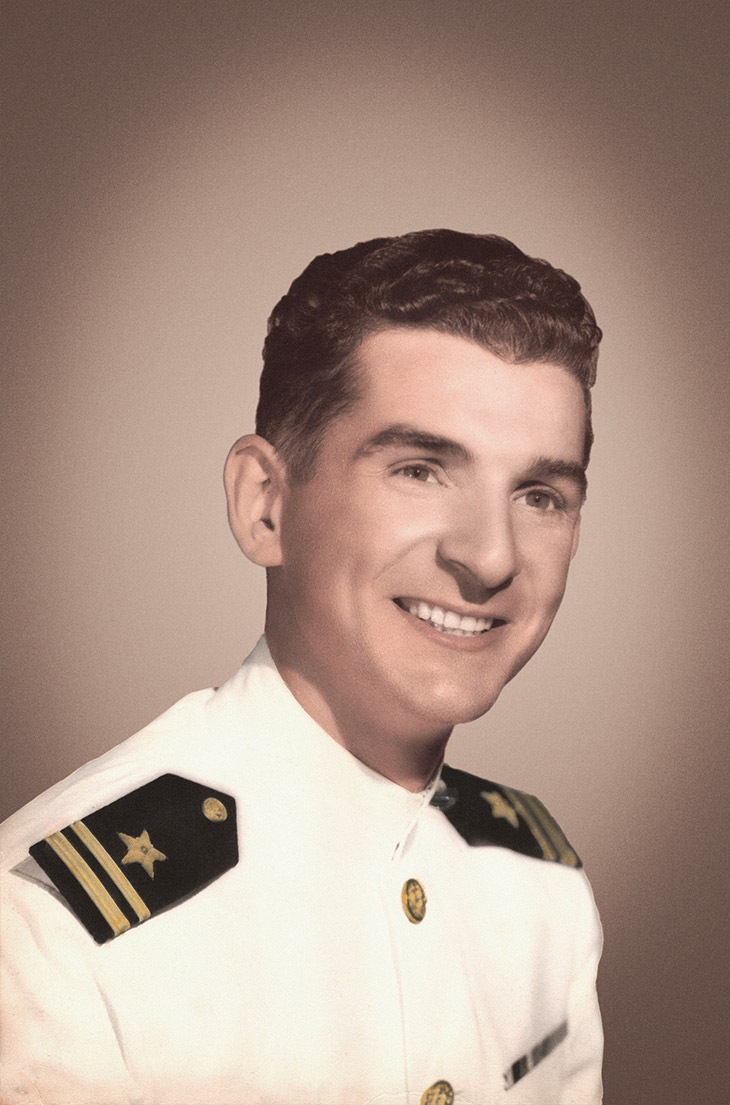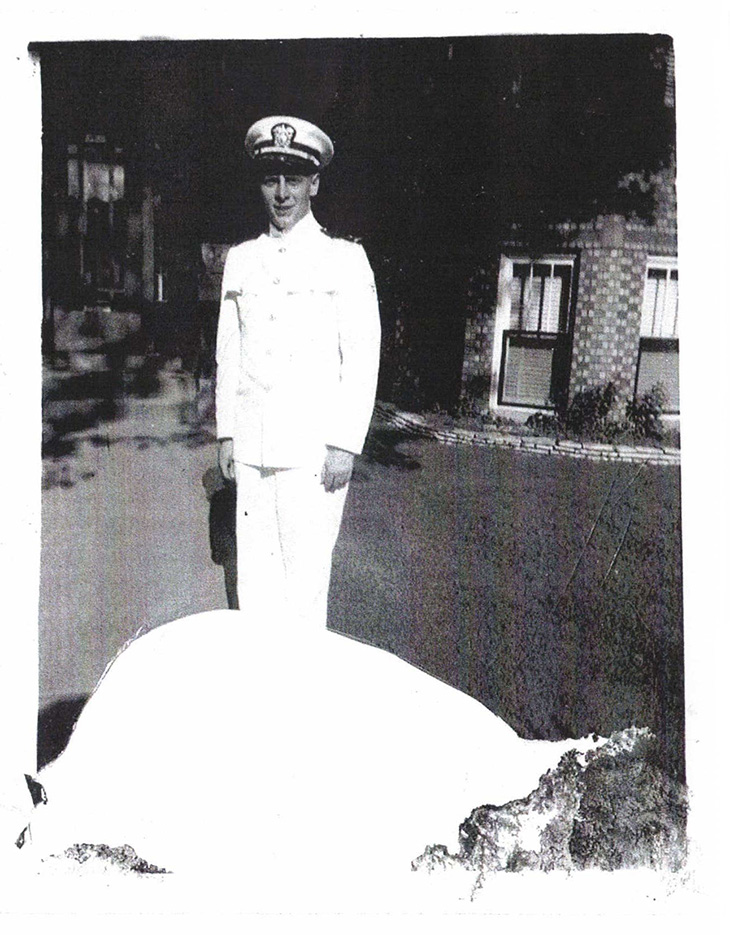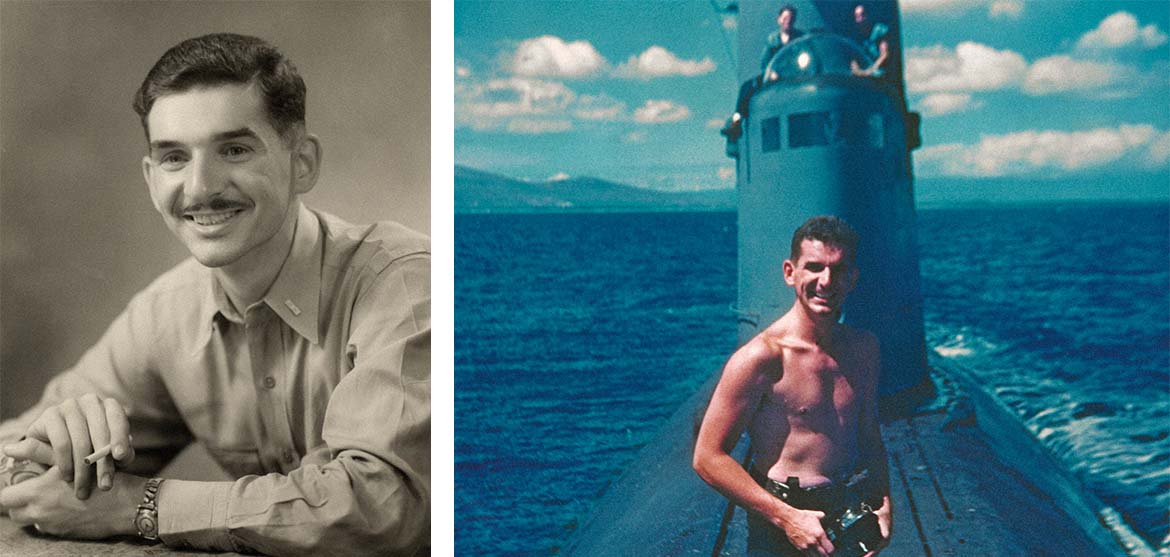
Share Land and Sea Memories
The presence of the United States military at Illinois Institute of Technology has a long tradition, reaching back to the early 1940s. According to information from Paul V. Galvin Library’s University Archives and Special Collections, President Emeritus Henry T. Heald wrote a letter to Admiral Chester W. Nimitz one week after the bombing of Pearl Harbor to request that the university be allowed to form a Naval Reserve Officer Training unit. Since that time, not only the U.S. Navy, but also the Air Force and the Army have enrolled students in Reserve Officer Training Corps (ROTC) programs on Mies Campus.
The then newly created V-12 Navy College Training Program was the first official naval program offered at Illinois Tech. It gave male students the opportunity to become eligible for an officer’s commission upon graduation, but after V-J Day and the end of World War II, the military ended the program with the 1946 commencement. The Naval ROTC program evolved out of that effort, graduating its first class in 1950. Two members of that inaugural class—2021 Alumni Medal recipient Theodore “Ted” Brown (CHEM ’50) and cell phone pioneer Martin “Marty” Cooper (EE ’50, M.S. ’57), author of the new book Cutting the Cord—share a few memories of their military years at Illinois Tech and aboard ship as they traveled to destinations in the Pacific Ocean.
From Ted Brown:
One of the luckiest days of my young life occurred during my registration as a freshman enrolling at IIT in fall 1946. The government had decided to institute an NROTC program and IIT was selected as an institution that would have a unit. I was a member of a select group of about 30 young men who studied and hung out together. We had a lounge in the building that housed the NROTC program—a space for study, card playing, and general camaraderie. We all felt proud to be in the program, wearing our uniforms on certain days. As a surprise bonus, we discovered that those uniforms were good for free admission to White Sox games in nearby Comiskey Park on special occasions! We organized dances and other social events and occasionally went to one of the neighborhood bars for a beer. After we were commissioned in summer 1950, there were quite a few marriage ceremonies, with the groom and his attending men in dress whites.
The Korean War began in June, just as we were being deployed to our first duty stations. Several of us found ourselves meeting in the officer’s club at the naval base in Yokosuka, Japan, and attending special schools such as the Electronics Maintenance School on Treasure Island [California]. It was always a pleasure to be once again with our NROTC mates. After all these years, I can recall the faces of so many of my classmates.

From Marty Cooper:
I was in the first Navy ROTC class of 1950. Tuition at IIT was $256 a semester. I had already attended IIT for the previous semester, so I knew what I was getting into. I’m not sure how I would have been able to continue without the help of the U.S. Navy, but I had dreamed of going to IIT for years and nothing would have stopped me.
Besides the Navy paying for books and tuition (and even my fancy slide rule), the Navy sent my fellow midshipmen and me on a cruise every summer for the next three years. On the U.S.S. Helena, a heavy cruiser, in 1952, I had my appendix removed at sea in the middle of the Pacific Ocean. In two weeks I recovered enough to resume my normal duties.
I served in the Navy for almost four years after graduating from IIT, ending up as a submarine officer. I will always be indebted to the U.S. Navy and to IIT for the most complete university education a person could get.
